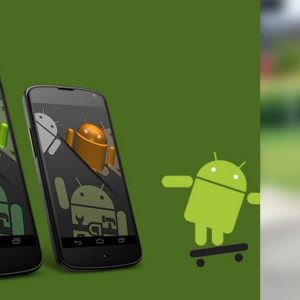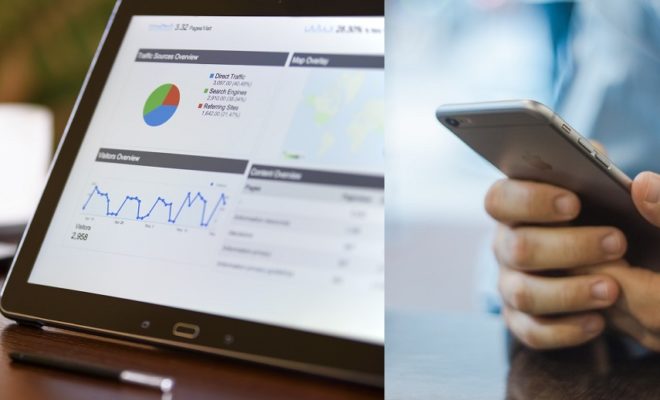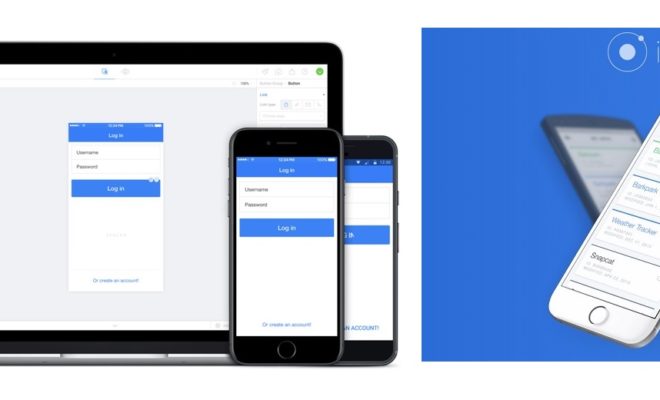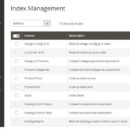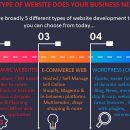As 2018 comes to an end, many exciting changes are going through the world of mobile app development. VR and AR apps are gaining ground in mobile app stores. AI powered apps are leaving a mark and Google Home, Siri , Alexa are all competing against each other with apps trying to plug in into these capabilities as well.
For android, The release of Android 8.0 (Oreo) is an important development and likely to leave a positive impact on the development of Android Apps, as this release helps makes updates and distribution smoother. Similarly, IOS 11 has brought some significant new features to iOS platform, including Apple Pay, which allows you to make and receive payments in selected apps.
Lets look at what best practices mobile app development companies are following to build better apps. Is your mobile app development vendor following these 10 best practices ?
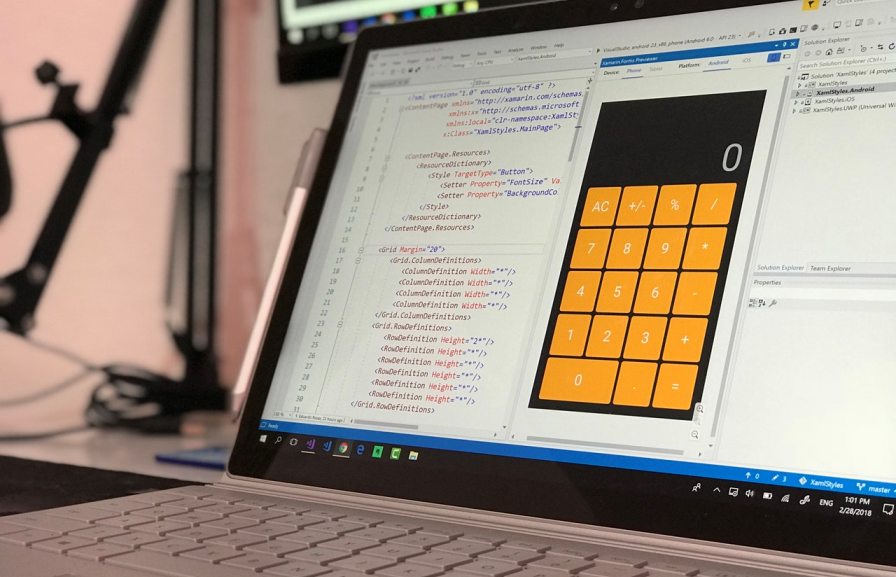
1. Focus on providing a better User flow in your mobile app
It needs to be intuitive if it has to work ! This appears to be a new mantra as app development companies are increasingly realizing that is not good enough simply to provide a functionality on a screen. What is equally important now is to make sure that the functionality appears and can be used in a most intuitive and easy way. This is true for both iOS and Android apps.
Example of some ways to make a better user flow:
a) Divide steps, reduce clutter
b) Show progress and / or explanatory info.
c) Better Navigation and Clearer Pathways
d) Show and save obvious options
2. Wider use of Kotlin for Android App Development
Kotlin is not a new language and has in-fact been recognised by google as well as one of the official languages for Android development in 2017 itself.
Kotlin boasts many features which make it powerful such as Null Safety, Extension functions, Lambda, Date Classes. Due to this and other factors, Kotlin provides some brevity and ease over Java used in Android development. This does not mean that you switch to Kotlin totally. But since Kotlin is coming up as an alternative, it’d be best to brush up on Kotlin concepts. In spare time, you can look at how to master this from various online courses and books.
3. Implement better ASO in Apple App Store for your iPhone App
The iOS App Store has received a decent upgrade this year, providing fresh interface and more tools for developers to promote their apps. The ‘Today’ page highlights newer and better apps providing more content than before. Search has also become better and one can search for developers, collections, in-app purchases etc. Therefore, more focus on ASO will yield you better visibility on the store.
4. Move towards MVVM Architecture in App Development
Many companies are adopting the MVVM architecture which has been released, for Mobile app development , particularly android development. This pattern is similar to the MVP pattern but unit tests can be created even more simpler, as there is no layer dependent on view. The flow is therefore from Fragment / Activity TO View Model TO Repository TO Model / Remote Data Source and finally SQLLite / Web Service. Remember though, whichever architecture or pattern you use has to be decided and discussed carefully in the beginning and should not be changed mid-way.
5. Focus on UI Testing and Adoption, Conversions in App Development
App Development teams are now becoming even more tightly integrated. UI Designers, Product Managers and Marketers – all are coming together to build the most user friendly and exciting apps. Focus on UI Testing and how ‘adoptable’ a certain feature set is going to be has become the core concern of Product and Category Managers. A real life example of this in the Indian scenario can be seen in the case of Urban Clap app where for the UrbanClap Partners (Service Providers) the app went through many iterative changes quickly.
Urban Clap incorporated actual feedback from these partners on the various features on the app, and what worked for them and what didn’t. The App in this case basically provided leads to the Partners. This app was quickly tweaked to change the UI and feature set to make the leads more targeted, informative so that they were purchased by the relevant partner and increasing conversion.
6. Focus on On-boarding Practices even by Small development companies
Clients and companies are now being more and more marketing savvy and recognising the importance of on-boarding. An Inc. article recently recognised poor Onboarding as one of the 3 key factors for mobile apps failing. Statistics provided by Localytics further show that for apps with a true on-boarding experience, only 9% of users abandoned the app after one use. And 61% of users visited the app 11 or more times. Good On-boarding involves many things including quick / easy login, easy first time sign up, explanation of how the app works and reminder of benefits.
7. App Development now comes with more tuned Permissions, Data Sharing
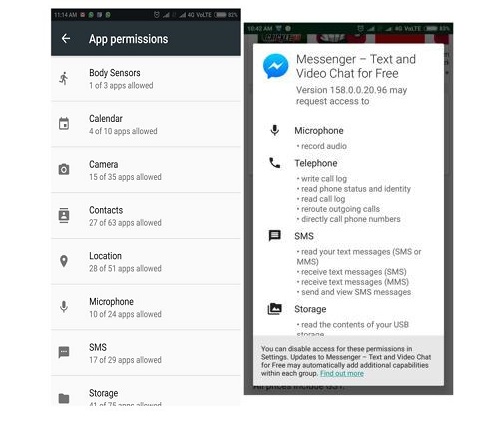
Permissions review in Android and how and App details the Permissions it uses
Notifications in apps have become better now. There was a time, even as recent as 2017 where there were lot of grey areas regarding location usage permission and how best to give permissions. You may have noticed an increase in apps requesting your location even if doesn’t seem to be their primary function That’s because 7 out of 10 apps on your smartphone share your data with third parties. With Marshmallow you could revoke permissions and google requires app developers to not ask for permissions they do not need. With new android versions they have made permissions review easier to manage. Unnecessary background operation of apps has been limited as well. Your app should follow a conscious and transparent approach when asking for permissions at the right time and in a non-intrusive manner, allowing privacy wherever possible.
8. Better Navigation, and Clearer Exit
One of the key things we test when developing a mobile app is how good the navigation is and does it provide a clear exit. Navigation should show where you are clearly (ideally on the header). Keep the menu consistent. Try and use standard navigation patterns — such as Tab bar (for iOS) and Navigation drawer (for Android). The majority of users are familiar with both navigation patterns. In other words, follow the ‘Keep it Simple Silly’ adage.
Example of another simple tweak: Back buttons leading to app exit. At the last click, a simple toast to inform that the App would now close but user remain logged in, and with Log out option indicated.
9. Personalization in Presentation and Functionality
Does your app provide personalized information to your users and customers in 2018 – 2019 ? For this, first of all your app should have some sort analytics engine integrated to get user details and segment user based on various parameters. If yours is an ambitious App development project, you will have a marketing strategy, user acquisition strategy, conversion strategy (free to paying user) , user retention strategy. Your app should have features and functions, even presentation layer – geared to maximize these parameters. The important change has been use of personalisation even in non-intuitive areas. For example it is basic that a health app will personalize information and recommendations based on your BMI and other measurable aspects. But it is now happening even in very mundane areas:
Example: By tracking my movements during the browsing of a Food Delivery app, it sent me notification and options as to a scheme which i may like with clearly personalized text related to my diet choice.
How did it know this ? Clearly, a mix of Artificial Intelligence + smart analytics and personalization.
10. Animation and Visual Feedback
On the design side we are seeing usage of better UI animations and interactive elements (such as buttons) providing perfect visual feedback. While this seems trivial, it adds to user friendliness. Visual feedback basically means the effects of your action on the device are visible. Example a UI should show clearly ‘the button has been clicked’ or something is being ‘loaded’ . Animations are helping in screen transition, loading, visual feedback, help tips, visual sign of progress. There app designers have to be on their toes to make sure they are following these best practices.
Looking to hire a mobile app development company in India. Contact us and we’ll be happy to help. We have 4.88 / 5 avg. ratings over nearly 100 apps developed.
